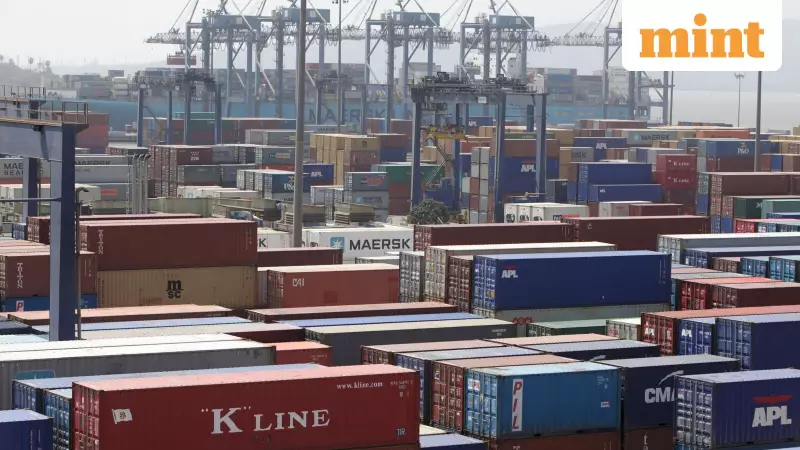
In a strategic move that's reshaping global trade dynamics, India is aggressively expanding its footprint in South American markets as a direct response to potential US tariff pressures. The South Asian economic powerhouse is turning to Peru and Chile as key partners in a bold diversification strategy that could redefine its export landscape.
Trade Winds Shift Southward
Recent developments reveal India's calculated pivot toward Latin America, with Peru and Chile emerging as prime targets for expanded trade relations. This strategic realignment comes at a crucial moment when traditional markets face uncertainty, positioning India for unprecedented growth in previously untapped regions.
The Diversification Imperative
Industry experts and government officials confirm that India's trade expansion isn't merely opportunistic—it's a necessary evolution. With the specter of US tariffs creating market volatility, Indian exporters are proactively seeking stable, growth-oriented partnerships across the globe.
The numbers tell a compelling story:
- Significant untapped potential in South American markets
- Growing demand for Indian goods and services
- Favorable trade conditions and mutual economic benefits
- Long-term strategic partnerships beyond traditional allies
Why Peru and Chile?
These South American nations represent more than just alternative markets—they're strategic gateways to the entire Latin American region. Both countries offer stable economic environments, growing consumer bases, and complementary trade needs that align perfectly with India's export capabilities.
The timing couldn't be more perfect, as global supply chains continue to evolve and businesses seek resilient, diversified trading relationships. India's proactive approach demonstrates sophisticated economic statecraft and forward-thinking trade policy.
Broader Implications for Indian Economy
This strategic expansion represents a fundamental shift in how India approaches international trade. Rather than relying on traditional partnerships, the nation is building a more robust, diversified export ecosystem that can withstand global economic fluctuations and political changes.
The move signals India's growing confidence on the world stage and its determination to build economic relationships that support sustained, long-term growth. As one trade analyst noted, "This isn't just about avoiding tariffs—it's about building India's trade future."





